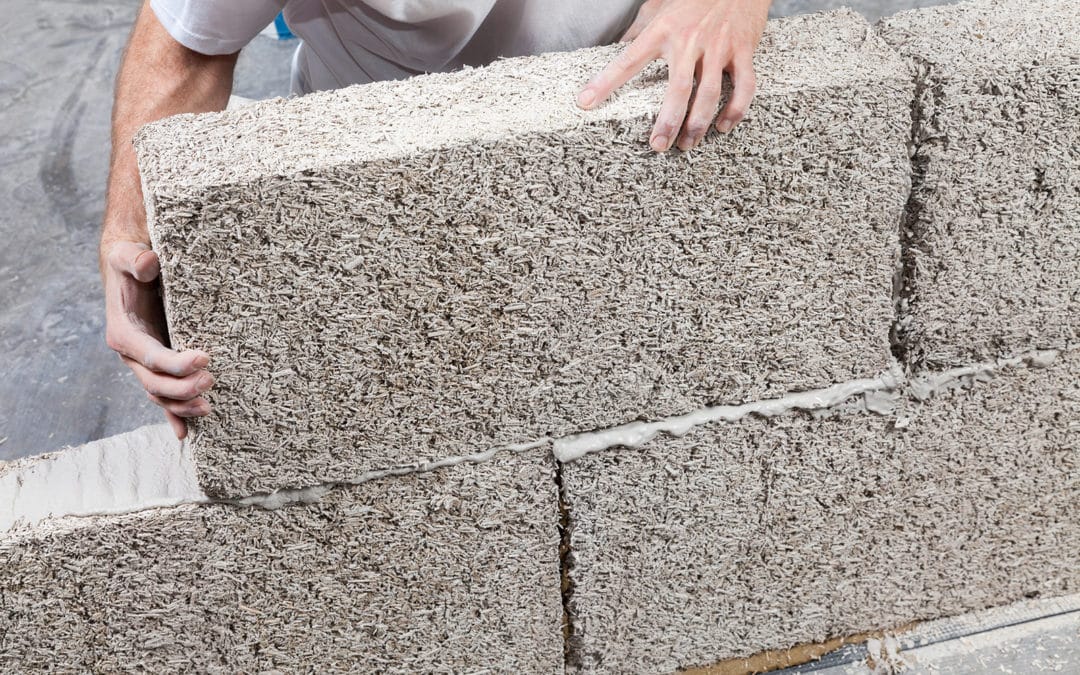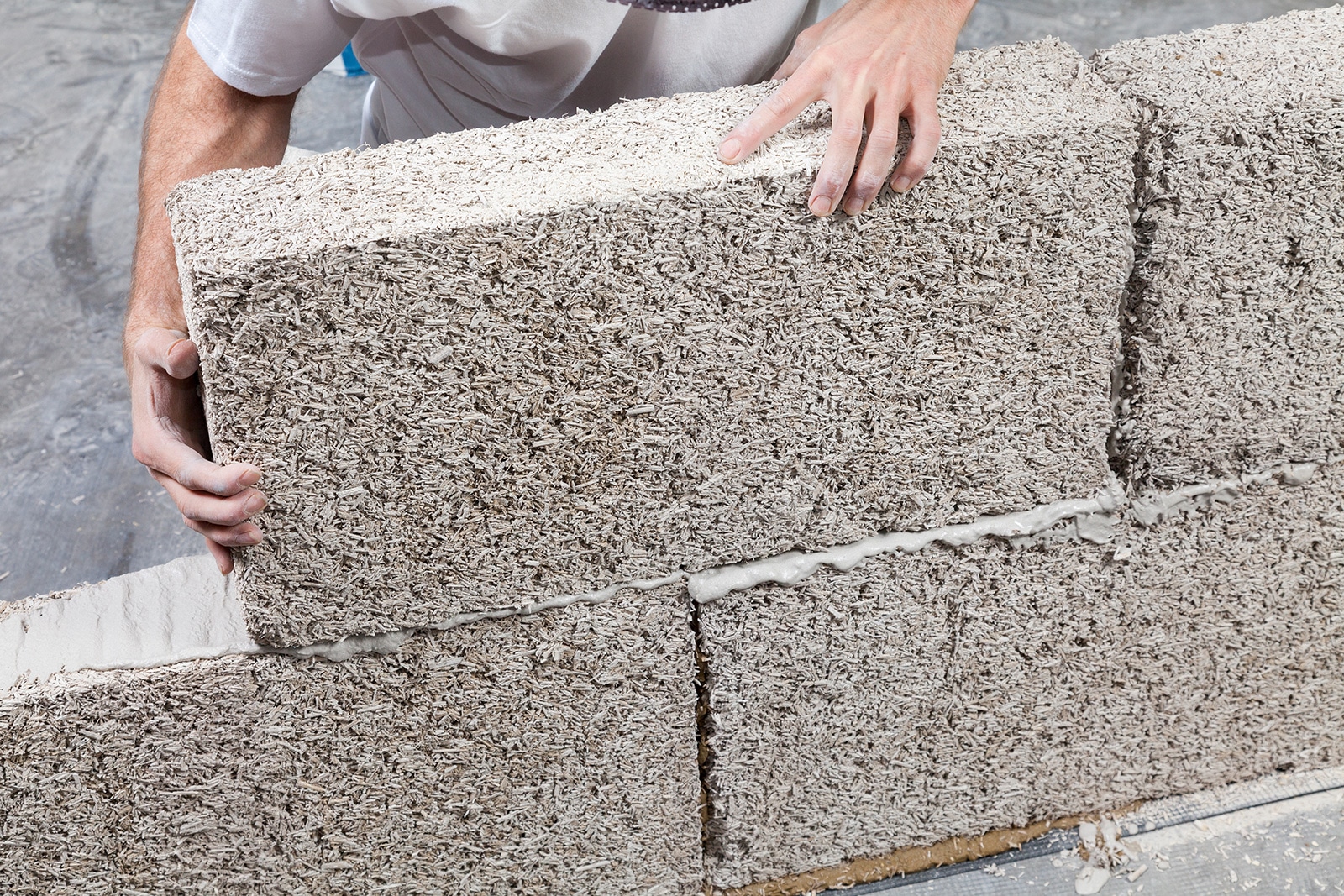
Hempcrete: The Billion Dollar Building Material

It could revolutionize home building and construction. If only people could get past the fact that it’s made from hemp.
Hemp is a nuisance. It has this way of growing into a wide variety of uses, from clothing, to paper, to medicine and yes, building materials. Suffice to say, the million-dollar corporations that run the paper industry, the textile industry and others aren’t a fan.
Some would even argue that it is hemp’s fault that cannabis ever became illegal in the first place, because it was stepping on the toes of the cotton and paper industries in the early 1900s. But nevertheless, we’ve entered a new age of hemp legalization, and the opportunities are vast.
While there is a very heavy focus in the hemp industry on CBD products, and hemp biomass for extracting that CBD, another hemp-derived product has been gaining traction. Hempcrete has been a word seldom tossed around among construction and home building circles since the mid-2000s, but it’s finally getting a little bit of the limelight (surprisingly, pun unintended).
What is Hempcrete?
What do you get when you add hemp and concrete together? Hempcrete. It isn’t quite that simple of course, as it’s not really concrete at all. It’s actually hemp and lime mixed together, and that’s really about it.
Hempcrete is made of the inner woody core of the hemp plant and a lime-based binder. It is the hemp’s higher silica value that allows it to bind well with lime. This creates a strong, lightweight product that has been used an effective and durable building material for centuries.
What makes hempcrete unique isn’t merely the fact that it contains hemp, but its potential applications in construction.
Hempcrete Applications
While there are hempcrete buildings dating back to the 6th Century that are still standing today, more modern usage has seen hempcrete utilized as insulation. Due to its light weight, it is not a standalone building material, and must be assisted with wooden beams or other types of support.
Modern day building materials are either mined from the earth or harvested from centuries old forests. Hemp can be harvested annually in perpetuity. One acre of hemp provides as much paper as 4.1 acres of trees. Considering trees take decades to grow and hemp takes about 4 months in comparison, the advantages are obvious.
Some companies have developed hempcrete bricks that account for its light weight and help it to stand on its own without added support, which is going to advance the applications of hempcrete as a building material even more.
Why Does Hempcrete Matter?
If you haven’t noticed as of late, housing isn’t getting any cheaper. This is in part due to the fact that construction costs are also increasing. Concrete needs to be made from scratch with a variety of raw materials that can become difficult to source, especially with so much demand for concrete.
With Hempcrete however, just the pure scale of its applications and potential replacements of other materials in construction will make a huge difference in the future of the housing market. Just think about the costs (and potential health risks) of insulation and how Hempcrete can completely revolutionize how we keep our homes insulated.
The passing of the Farm Bill at the end of 2018 has opened up the national hemp industry across the U.S. with untapped potential in Hempcrete. While many businesses are focused on the hemp plant or its derivatives like CBD, not too many people are capitalizing on the plant’s material applications.
There’s a lot of money to be made in the legal hemp industry, if you start working now. If you want a less saturated competitive space with the potential for widespread expansion, Hempcrete and other hemp materials could be your new avenue.
Learn more about the many applications hemp can have in a new legal industry on The Real Dirt Podcast.






